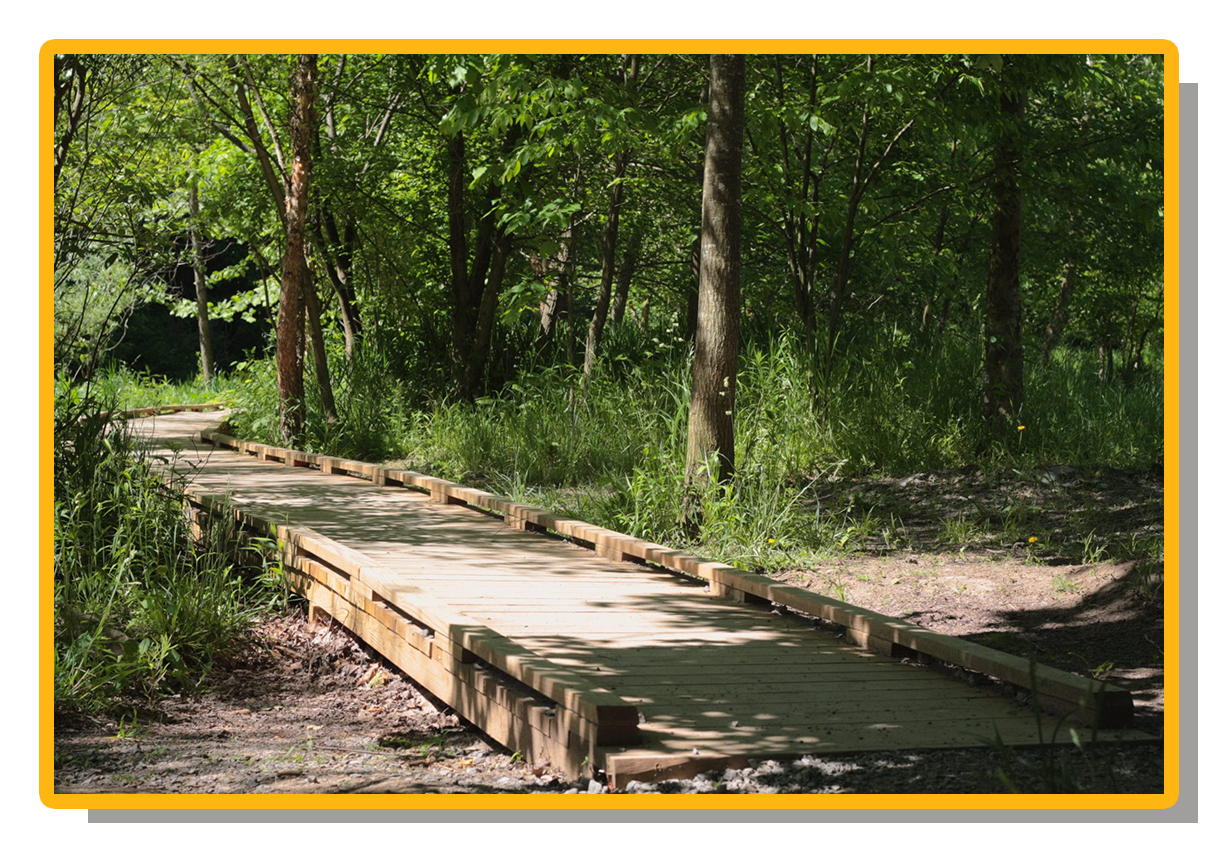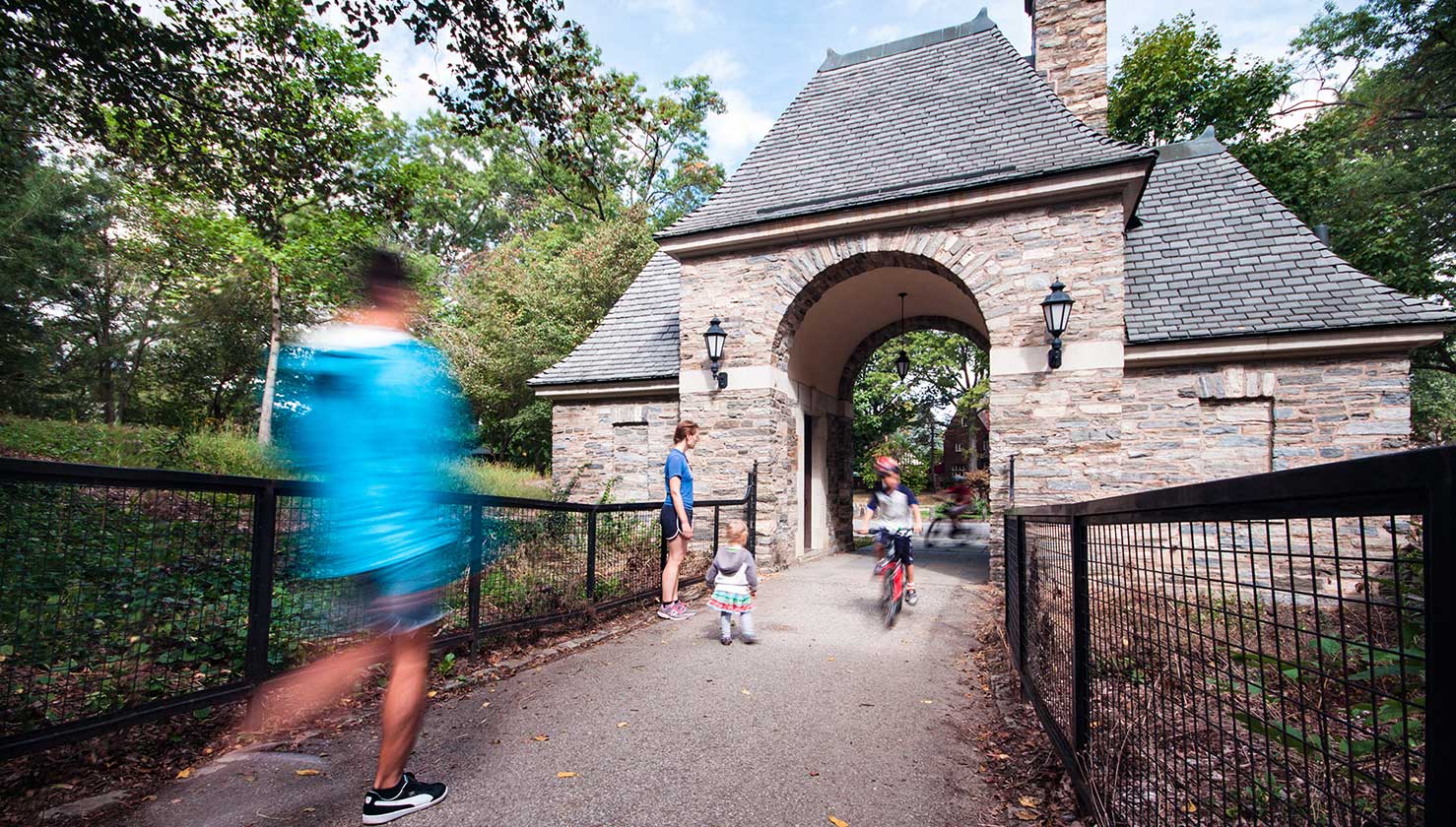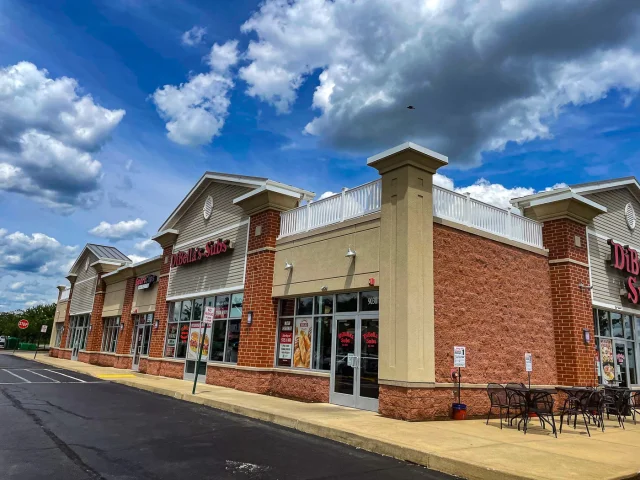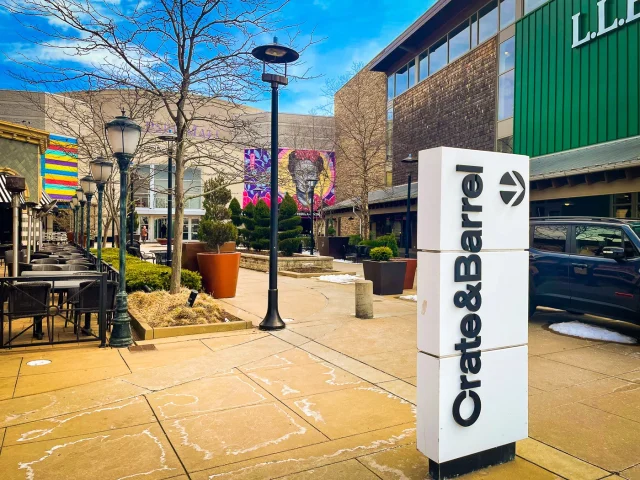Nestled in the heart of Pittsburgh, Frick Park stands as a testament to both the city's rich history and its commitment to natural preservation. From its inception to its role in popular culture, the park serves as a beloved escape for residents and visitors alike. Here we delve into the park's intriguing history, its cultural significance, and the diverse trails and amenities it offers.
Frick Park: A Historical Gift
Frick Park owes its existence to a promise made on a deathbed in 1919. Henry Clay Frick, a powerful industrialist, bequeathed 151 acres to the city of Pittsburgh, accompanied by a $2 million trust fund for its maintenance, to fulfill a vow made to his daughter Helen. The park officially opened in 1927 after the city procured additional land, expanding the park to its present grandeur spanning from Point Breeze to Squirrel Hill and beyond.
Over the years, Frick Park has undergone various expansions and improvements, the most significant of which was the restoration of Nine Mile Run. Between 2003 and 2006, this once-polluted stream and former industrial dumping site underwent a transformation thanks to dedicated environmental organizations, extending the park to the Monongahela River.

Exploring Frick Park's Trails
For outdoor enthusiasts, Frick Park offers a labyrinth of trails catering to various interests and fitness levels. The park is renowned for its well-maintained singletrack and doubletrack paths that wind through its verdant landscapes.
Frick Park: Dinky Bridge and Rollercoaster Trails
Among the standout mountain bike trails are the Dinky Bridge and Rollercoaster Trails, the latter living up to it's name with numerous ups, downs, jumps, (if brave enough), and turns, presenting an adventurous alternative to more conventional routes.

Frick Park: Nine Mile Run
One of the most frequented pathways, Nine Mile Run, runs three miles along a tributary of the Monongahela River. This site, once denigrated as an industrial dumping ground, now invites walkers and joggers across its wooden boardwalks and bridges.
Frick Park: Irongate Trail
Irongate Trail offers a more demanding challenge with its steep elevation, delivering a thrilling downhill ride for mountain bikers. For beginners, Riverview Trail serves as a gentler option, connecting to additional trails like Riverview Extension and Lower Riverview.
Frick Park: Tranquil Trail
Meanwhile, Tranquil Trail meanders peacefully through the park, living up to its name by offering a serene, extended exploration that nearly spans the entire length of the valley. Braddock Trail, accessible off Braddock Avenue, provides an easy and scenic walk, perfect for newcomers to the park. Its gentle grade and easy footing make it a popular spot for stress-relieving strolls and casual conversations with friends.
Frick Park's Flora and Fauna
As a vibrant sanctuary nestled within the urban environment of Pittsburgh, Frick Park boasts an impressive tapestry of flora and fauna. The park's diverse ecosystems support a wide variety of plant and animal life, making it a haven for nature enthusiasts and amateur botanists alike.
The woodlands are dominated by native trees such as oaks, maples, and hickories, which provide a stunning show of colors throughout the changing seasons. Spring welcomes a breathtaking display of wildflowers, with trilliums, bluebells, and violets carpeting the forest floor, drawing visitors into the park's vibrant embrace.
In addition to its flora, Frick Park is home to an array of wildlife. Birdwatchers frequently flock to the park to catch a glimpse of the numerous bird species that reside or migrate through the area, including woodpeckers, owls, and warblers.
The park's meadows and forests also provide a habitat for mammals like white-tailed deer, foxes, and the occasional raccoon. Meanwhile, the rejuvenated ecosystems near Nine Mile Run support various species of amphibians and reptiles, enriching the biodiversity of the park.
Frick Park's thriving flora and fauna not only highlight its ecological importance but also underscore the park as a cherished natural retreat within the bustling city.

Frick Park: Amenities That Engage and Educate
Frick Park’s amenities go beyond the attractions of nature, offering the community educational and recreational facilities. The Frick Environmental Center stands as a beacon of sustainable design with its LEED Platinum certification. Serving as a base for environmental education, it provides families and learners an immersive experience into the park's diverse ecosystems.
Additionally, Blue Slide Park, serves as a beloved playground for children, featuring a notable painted fence that resulted from community engagement efforts, including contributions from volunteers like the Pittsburgh Park Rangers.
Frick Park in Popular Culture
Frick Park has not only served as a natural haven but has also etched its name in popular culture. This is particularly evident through its connection to late rapper Mac Miller, whose debut album "Blue Slide Park" was named after the park’s iconic playground. The album's success introduced a whole new audience to the park, celebrating the artist's deep-rooted association with the area and further embedding Frick Park into the cultural fabric of Pittsburgh.
In her memoir, "An American Childhood," Annie Dillard paints a vivid picture of her formative years in Pittsburgh, capturing the essence of the city and its landscapes with affectionate detail. Frick Park holds a special place in Dillard's narrative, often serving as a backdrop for her explorations and reveries.
The park's sprawling trails and wooded areas become a personal sanctuary, where she delights in the abundance of nature and extends her childhood curiosity into the natural world around her. Through Dillard's eyes, Frick Park emerges not only as a setting but as a catalyst for discovery and adventure, mirroring the broader themes of growth and wonder that thread through her memoir. Her anecdotes illustrate the park as a nurturing environment, helping to shape her understanding of both herself and her surroundings, and leaving an indelible mark on her journey through childhood.
Future Developments and Vision for Frick Park
Looking ahead, Frick Park is poised for further enhancements that will enrich its offerings for future generations. Planned developments are rooted in sustainability, community connectivity, and inclusivity, aligning with the city's broader efforts to foster environmental stewardship and strengthen public spaces. One of the primary goals is to expand the existing trail network, creating seamless connections with nearby neighborhoods and facilitating broader access to the park's amenities. This includes establishing safer crossing points and improving entrances to accommodate individuals of all abilities.
Moreover, initiatives are in place to enhance native wildlife habitats, promoting biodiversity within the park's ecosystem. The city plans to collaborate with environmental organizations to restore native plant species and manage invasive species, ensuring a balanced and thriving natural landscape. Additionally, there are discussions about increasing educational programming at the Frick Environmental Center, providing more workshops and guided tours focusing on urban ecology, conservation, and sustainability practices.























